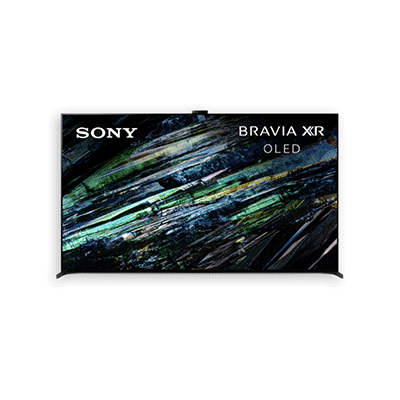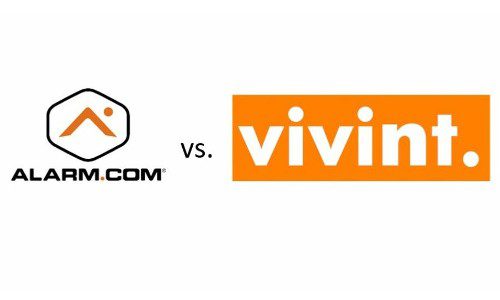The rash of new DIY home automation systems announced over the past couple of months is a huge boon for home-technology integrators – not just for the usual raising-awareness thing, but because it’s all so darn confusing.
A high-volume integrator told me recently he wasn’t all that nervous about production builders moving to wireless DIY products and using Amazon Home Services for installation. He said he would just move on to the next thing that confuses consumers. That’s where the money is.
Well, home automation has never been more confusing. Within a period of about two months we heard news about these (ostensibly) DIY solutions:
- Sonos “Works with Alexa” capability, not to be confused with the new Sonos One speaker featuring six mics and native Alexa, with support for Google Assistant coming soon. We also learned of the “Works with Sonos” designation, not to be confused with integration via the company’s “completely open” new API program.
- Ring security and automation system with Z-Wave and ZigBee, along with professional monitoring and the cheapest fees in the business: $10 per month for both security monitoring and 60-day video storage for an unlimited number of cameras, with “free” cellular back-up for good measure.
- Nest Secure, utilizing Thread and Weave protocols for local communications (with nothing but Nest products and a Yale lock for now), and professional security monitoring by MONI, but not for smoke/CO detectors … not even Nest Protect.
- New UL-listed security system (for life-safety and fire notification) made by 2Gig with a complete Samsung SmartThings hub inside (ZigBee, Z-Wave, narrowband security radios), plus “free” cellular back-up and no-contract monitoring by ADT.
- Amazon Echo Plus, a voice-controlled system with ZigBee (huh?) and a small, curated list of compatible “simple setup” ZigBee peripherals, mostly bulbs and plug-in outlets, plus a door lock, but no security devices like sensors or smoke detectors … unless integrated via “Works with Alexa” services.
- Best Buy’s expansion of Smart Home products and services, including the availability of both the Ring and Samsung/ADT products, as well as a national roll-out of Vivint pro-install security and automation systems.
How is a customer to choose? And even if the customer can choose, what then?
What do they attach to these security and home-automation hubs? What exactly can be monitored? What is compatible with what? How do you register any given Z-Wave or ZigBee device?
Press this button, press and hold that one, rub your belly and pat your head. Z-Wave will soon make enrollment easier with SmartStart but only for devices that happen to comply. Amazon Echo Plus seems to make ZigBee provisioning simpler than usual, but only for partners that choose to include Amazon’s special sauce.
Which voice control system is the “best one” for any given individual or family? Alexa? Google Assistant? Siri? The forthcoming Samsung Bixby? And are all products endowed with these services as “equal” as the others?
Not necessarily. Sonos One with native Alexa, for example, does not enable the same features as a bona fide Echo device. The new and compelling “Routines” and “Group” functions aren’t available in Sonos and other “native” Alexa devices. So the Sonos One isn’t as “standalone” as a standalone Echo.
ESP, the feature that allows Alexa to sense which device is closest, so only that device responds to voice commands … not all Alexa devices have that either, so you could get a house full of responses like cuckoo clocks all slightly out of sync.
Has the customer considered cellular back-up for mission-critical communications? If not, is the home Wi-Fi network robust and reliable enough to support low-latency communications and consistent uptime?
Is the customer at all bothered by auto-updates that could cripple a system, including televisions and thermostats?
What about battery life for wireless devices? If you’re going to put these all over the house, don’t you want to ensure you don’t have to climb ladders to change out the batteries every six months or a year? Does your thermostat have a common “C” wire?
Mass marketers may well face a backlash from consumers paralyzed by too many choices – many of which will be, frankly, wrong.
All these uncertainties for consumers … mean more business for pros. Keep those DIY products coming.
If you enjoyed this article and want to receive more valuable industry content like this, click here to sign up for our digital newsletters!







